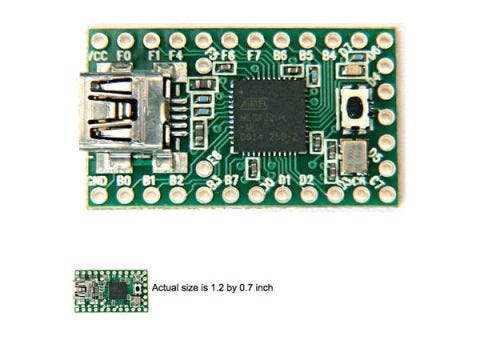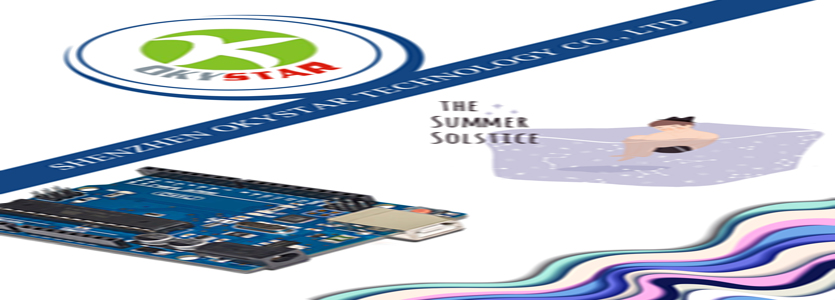Microcontrollers You Should Know for Arduino
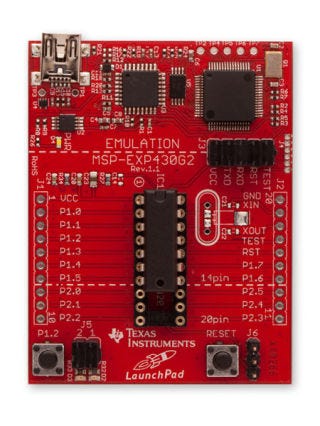
LaunchPad is a low-cost, low-power-consumption microcontroller from Texas Instruments, the manufacturer of BeagleBone. The Value Line LaunchPadis available for $4.30 in a kit that comes with a second chip. The MSP430 chip also offers a power-saving mode that awakens almost instantly, which may be perfect for remote sensors. At a fraction of the price of Arduino, LaunchPad looks like a good alternative, at least for relatively simple projects. However, it packs 512 bytes of RAM compared with Arduino Uno’s 2 kB, so Arduino might still win out for more complicated work.
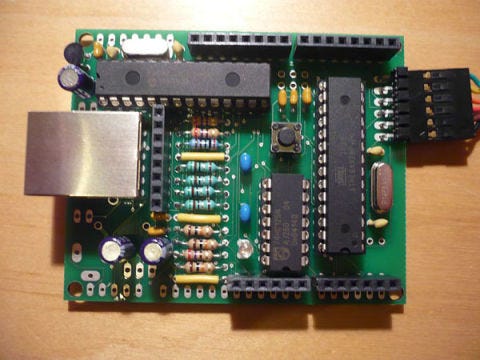

This is a solid prototyping tool originally designed for art students. The Pinguino is the same size and shape as the Arduino Uno, and like Arduino, Pinguino has open-source hardware to run an open-source IDE. Despite the similarities, though, Arduino and the Arduino forums do not provide support for Pinguino, and the company advises buyers that Pinguino may not work with Arduino libraries or sketches. Pinguino sells for $25.99, but the company recommends that buyers ensure they are experienced and comfortable with the technology first—Pinguino is not a microcontroller for beginners.
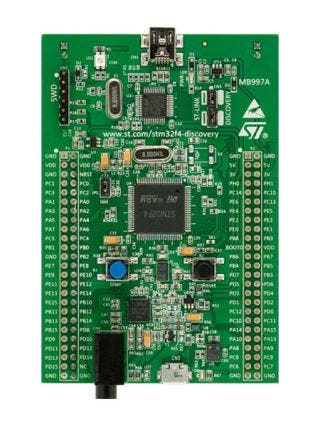
STM32 Discovery from STMicroelectronics is another low-cost alternative; it sells for about $9.88. This one packs a bit more power than the other budget microcontroller on our list, however; Discovery features a 32-bit ARM Cortex M3 core running at 24 MHz with 8 kB of RAM. Be prepared for a smaller user community and less documentation to help you along, however.
